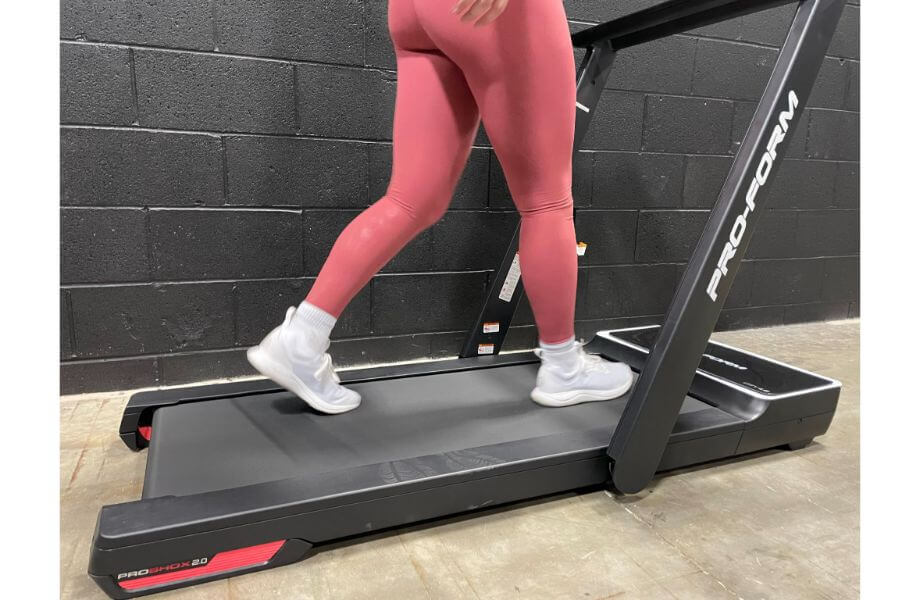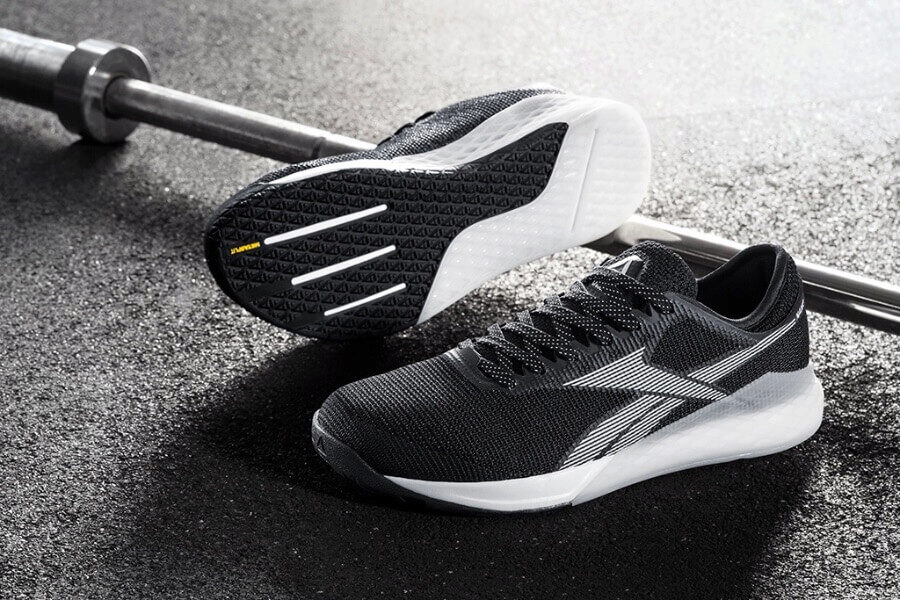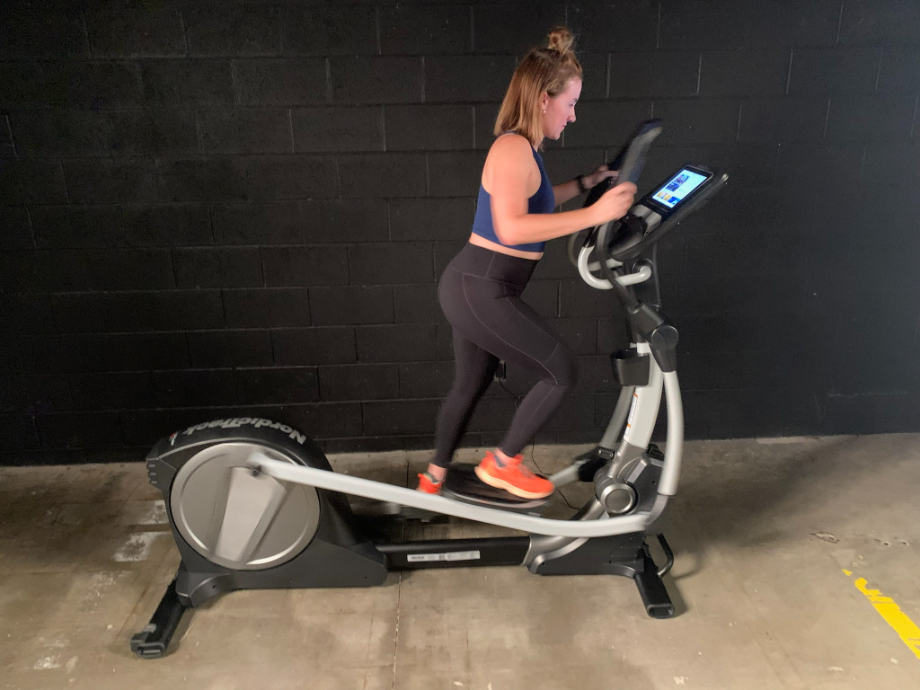What pops in your head when you think about living a healthier life? It’s probably working out, drinking more water, and eating healthy. Perhaps you’ve even heard you should take 10,000 steps a day.
We know why drinking water and working out helps you live longer and be healthier, but where did the 10,000 steps come in? Is it proven science, or was it a really successful marketing strategy to sell pedometers? For clarity, 10,000 steps a day equals roughly 5 miles of walking. You might be asking yourself, “Do I really need to walk that much for effective cardio?”
Here, we’ll explore just how many steps a day studies suggest you need as well as the health benefits of walking more.
Medical disclaimer: This article is intended for educational and informational purposes only. It is not a substitute for health or medical advice. For medical advice, contact an appropriate healthcare provider.
Why You May Not Need 10,000 Steps
The buzz around “10,000 steps a day” really did start as a marketing campaign, sort of. In the 1960s, walking was all the buzz in Japan. Around that time, a Japanese company introduced the first ever pedometer, and walking clubs were popping up across the country.
RELATED: How to Get the Perfect Walking Technique

Some reports suggest that the pedometer itself was called, “Manpo-Kei,” which translates to “10,000 steps-meter.” Other reports say simply that “manpo-kei” became the mantra of walking fanatics, who insisted on getting in that many steps a day.
Why? Well, 10,000 is a pretty number, and it’s easy to remember. However, the number 10,000 in terms of steps isn’t rooted in science the way 30 minutes of moderate-intensity exercise a day1 is.
So how many steps should you take?
JAMA Internal Medicine published a recent study2 that assessed more than 16,000 women with an average age of 72. The study found significantly decreased levels of mortality starting around women who took 4,400 steps a day, with rates of premature death continuing to decline until it leveled off around 7,500 daily steps.
Therefore, it’s reasonable to conclude that while moving more is always great for your health, setting a daily goal of 7,500 steps gets you some of the same overall health benefits as walking 10,000.
I’m certainly not trying to dissuade anyone from pushing for 10,000; it’s a great goal. However, 7,500 may be more achievable for many people, and it’s important to note that the lower number still offers significant benefits.
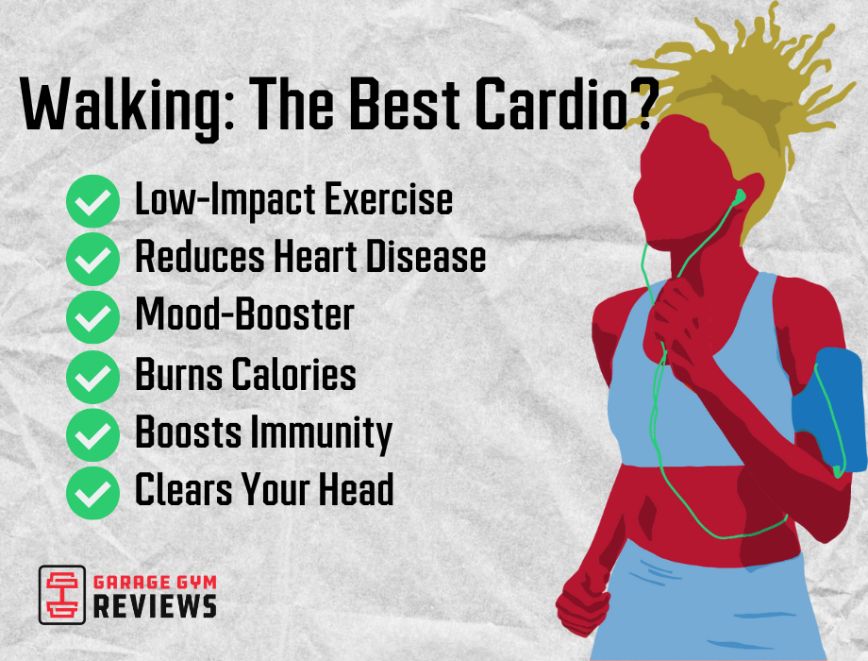
Health Benefits of Getting In More Steps a Day
We know that physical activity is going to help you live longer, and a sedentary lifestyle can lead to a whole catalog of health issues like obesity, high blood-pressure, and shortened life span. Here are some specific benefits to taking more steps throughout your day.
Helps With Weight Loss
We all know that activity level has a direct correlation with weight loss. But did you know that simply taking a 30-minute brisk walk a day could help you better manage your weight?
The Mayo Clinic3 points out that walking is your body’s most natural form of exercise, and is incredibly low-impact. One key to weight loss is burning more calories, and walking is one of the most convenient ways to do that.
Just how many calories can you burn walking? Harvard Health released an extensive report on the number of calories people at different body weights burn doing 30 minutes of exercise. Here’s what they suggest:
| Activity | 125-Pound Person | 155-Pound Person | 185-Pound Person |
|---|---|---|---|
| Walking 3.5 MPH | 107 calories | 133 calories | 159 calories |
| Walking 4 MPH | 135 calories | 175 calories | 189 calories |
Is walking the most efficient way to burn calories? No. But walking can contribute to a caloric deficit, if that’s what you’re going for. Of course, keep in mind that if you have a goal of losing weight or body fat, nutrition will certainly play a role.
Great for Joint Health
When you have stiff joints, intense exercise may be the last thing you want to do. Well you’re in luck, the Arthritis Foundation4 suggests walking to be great for your joints.
Your joints don’t have any direct blood supply, the foundation explains. Joints instead receive lubrication from joint fluid that circulates when your body moves. Walking forces the cartilage around the joints to, in the foundation’s words, “squish,” so nutrients and oxygen are delivered.
Lowers Risk of Heart Disease
Aerobic exercise has long been linked to better heart health, but now we have evidence that your step count matters, too.
According to a study published with the Centers for Disease Control and Prevention5, individuals who had higher step counts throughout the day have lower risks of cardiovascular disease. Cardiovascular disease includes conditions and complications like high blood pressure, heart attacks, and strokes. The CDC assessed nearly 30,000 study participants and found that the more active a person is throughout the day, the lower their risk for cardiovascular disease, and the better their overall heart health was.
RELATED: Biking vs Walking: Which Is Better?
Better Sleep
Want to get more shuteye? Walk more!
The National Sleep Foundation did a study6 in which participants wore an activity tracker for four weeks to assess the correlation between walking and sleep. They found that the higher step count the participants had during the day, the better sleep quality they had at night. The more steps you get in during the day may have a positive effect on your sleep at night.
Can Help Your Creativity
If you’re feeling stuck, walking might help. A study7 in the Journal of Experimental Psychology showed that participants had an increase in creativity while walking. Researchers found that people had more creative ideas while walking than they did sitting and working. They even studied to see if an under-desk treadmill versus walking outside created a different outcome, and they concluded no difference.
Lower Mortality Rates
With benefits like weight management and lower risks of cardiovascular disease, it’s easy to see why walking more is great for you. But walking more also has a correlation to your overall mortality. In one study, scientists found8 that individuals who walked more throughout the day could have an up to 10% reduction in their overall mortality rate.
Overall mortality rate is just a fancy scientific way to say death by any cause. So walking more throughout the day could help you live a longer life.
Tips For Getting More Steps in Your Day
Whether you trot forward or walk backward, It’s clear that there are distinct benefits to taking more steps in during the day. While it might be easy for some who have active jobs or plenty of time during the day to take a long walk, here are some tips if you’re busy and need to get that step count up.
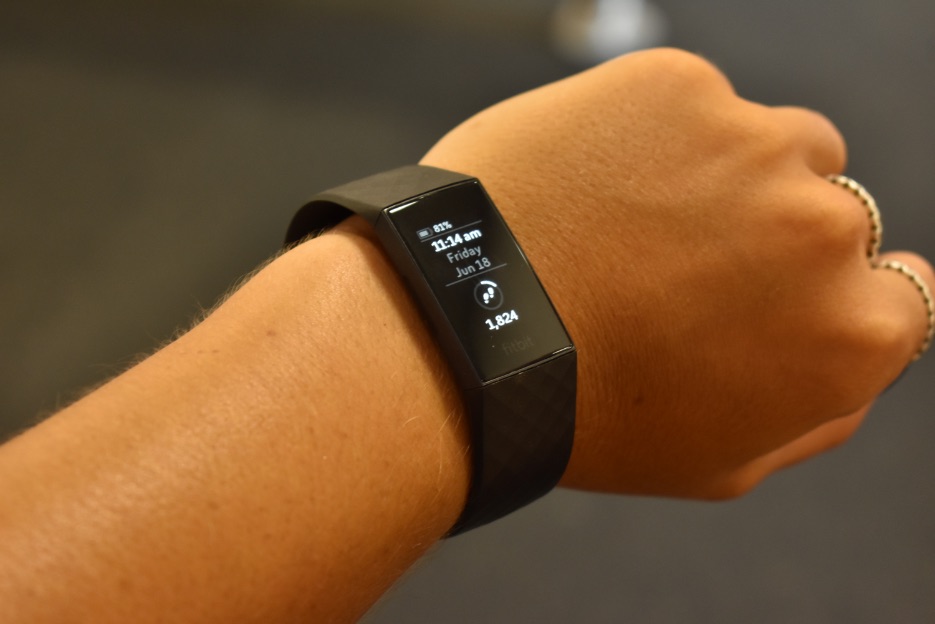
Tip 1: Wear a Fitness Tracker
Whether it’s a standard step counter, Fitbit, or any other fitness tracker, seeing where you are throughout the day may be helpful. You can set a goal for how many steps you want to take and watch as your numbers approach that count. Many of these devices come with “move” reminders to keep you on track to meet your fitness goal.
Tip 2: Park Farther Away
I know it can become a habit to circle the parking lot until you find the closest spot to the door, but an easy way to get more steps in is to head to the back of the parking lot.
Instead of parking in the front, pick the aisle right across from the entrance and drive straight down the row to the back. Exiting the store and walking straight down is an easy convenient way to not only get more steps in but to remember where you parked.
Tip 3: Commute by Foot
Take public transit to work? No problem! Get off one to two stops before your destination to get some extra steps in. If you live close enough and the area is safe, walking to work is also a great way to get extra steps in.
Tip 4: Take the Stairs
Skip the elevator and head for the stairs to get those steps in. If you work at the top of a tall building use the tip above and get off the elevator a few floors below yours and take the stairs the rest of the way. Stairs count toward your daily number of steps too!
Tip 5: Short Breaks
A 30-minute walk may not be doable, but is a 5- or a 10-minute walk during the day possible? If you sit at your desk, can you get up every few hours to walk around the office for a few minutes? It may sound small, but those few minutes will add up.
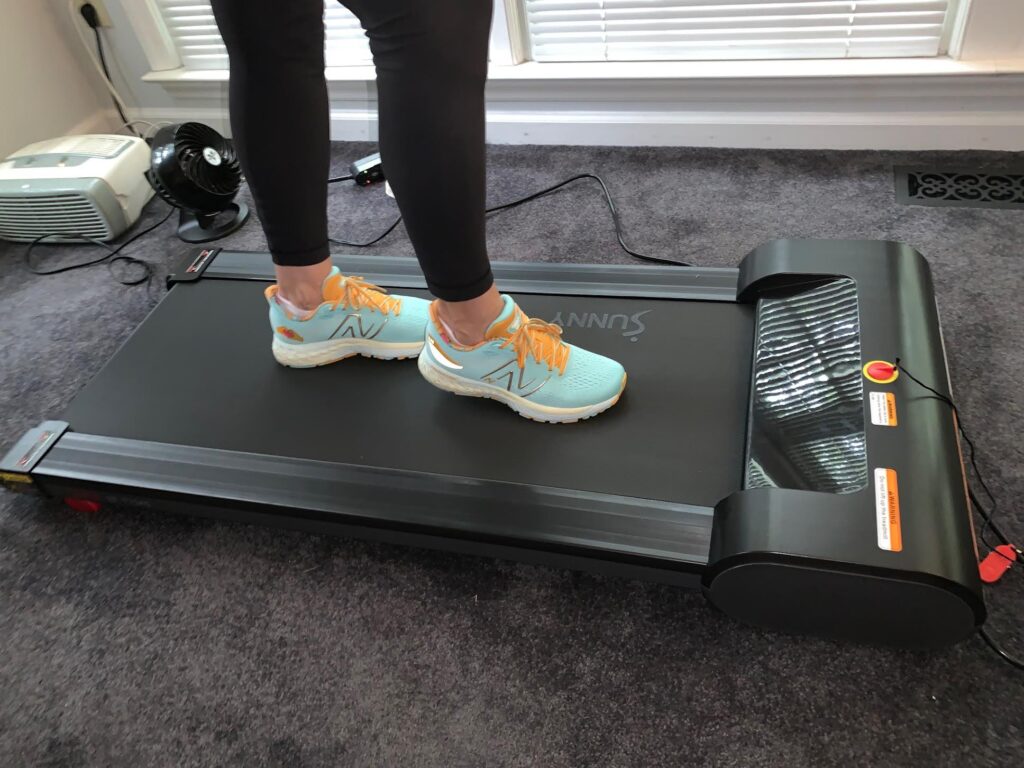
Final Thoughts
While the 10,000-step goal became the normal standard for steps throughout the day, there is no one magic number when it comes to steps. While walking more is definitely beneficial for your health, you can get the same benefits hitting around 7,500 steps a day. However, there is no harm in keeping that 10,000 step goal to move more.
10,000 Steps a Day: Q&A
Can you lose weight walking 10,000 steps a day?
Yes! Studies have shown that increasing your baseline activity level, which means not being sedentary all day, can help you hit your weight loss goals. However, we recommend pairing an increase in steps with strength training and proper nutrition if you have a weight loss goal.
Does 10,000 steps a day do anything?
While any daily activity is going to have a positive impact on your health, walking 10,000 steps a day does lower your chances of heart disease and helps you live a longer life. According to a recent study, however, hitting a lower goal of around 7,500 could have the same benefits.
Is 10,000 steps enough to lose weight?
The higher your activity level, the more calories you are going to burn daily, which will help you lose weight. Hitting at least 7,500 steps a day is a great way to stay active and aid in weight loss.
References
- M. Rosenkilde, P. L. Auerbach, M. H. Reichkendler, T. Ploug, B. M. Stallknecht, A. Sjodin. Body fat loss and compensatory mechanisms in response to different doses of aerobic exercise – a randomized controlled trial in overweight sedentary males. AJP: Regulatory, Integrative and Comparative Physiology, 2012; DOI: 10.1152/ajpregu.00141.2012
- Lee I, Shiroma EJ, Kamada M, Bassett DR, Matthews CE, Buring JE. Association of Step Volume and Intensity With All-Cause Mortality in Older Women. JAMA Intern Med. 2019;179(8):1105–1112. doi:10.1001/jamainternmed.2019.0899
- System, S. (2022, October 4). Walking for fitness. Mayo Clinic Health System. Retrieved October 17, 2023, from https://www.mayoclinichealthsystem.org/hometown-health/speaking-of-health/walking-for-fitness
- 12 benefits of walking: Arthritis foundation. 12 Benefits of Walking | Arthritis Foundation. (n.d.). Retrieved October 17, 2023, from https://www.arthritis.org/health-wellness/healthy-living/physical-activity/walking/12-benefits-of-walking
- Omura, J. D., Ussery, E. N., Loustalot, F., Fulton, J. E., & Carlson, S. A. (2019). Walking as an opportunity for cardiovascular disease prevention. Preventing Chronic Disease, 16. https://doi.org/10.5888/pcd16.180690
- Sullivan Bisson, A. N., Robinson, S. A., & Lachman, M. E. (2019). Walk to a better night of sleep: Testing the relationship between physical activity and sleep. Sleep Health, 5(5), 487–494. https://doi.org/10.1016/j.sleh.2019.06.003
- Oppezzo, M., & Schwartz, D. L. (2014). Give your ideas some legs: The positive effect of walking on creative thinking. Journal of Experimental Psychology: Learning, Memory, and Cognition, 40(4), 1142–1152. https://doi.org/10.1037/a0036577
- Kelly, P., Kahlmeier, S., Götschi, T. et al. Systematic review and meta-analysis of reduction in all-cause mortality from walking and cycling and shape of dose response relationship. Int J Behav Nutr Phys Act 11, 132 (2014). https://doi.org/10.1186/s12966-014-0132-x


